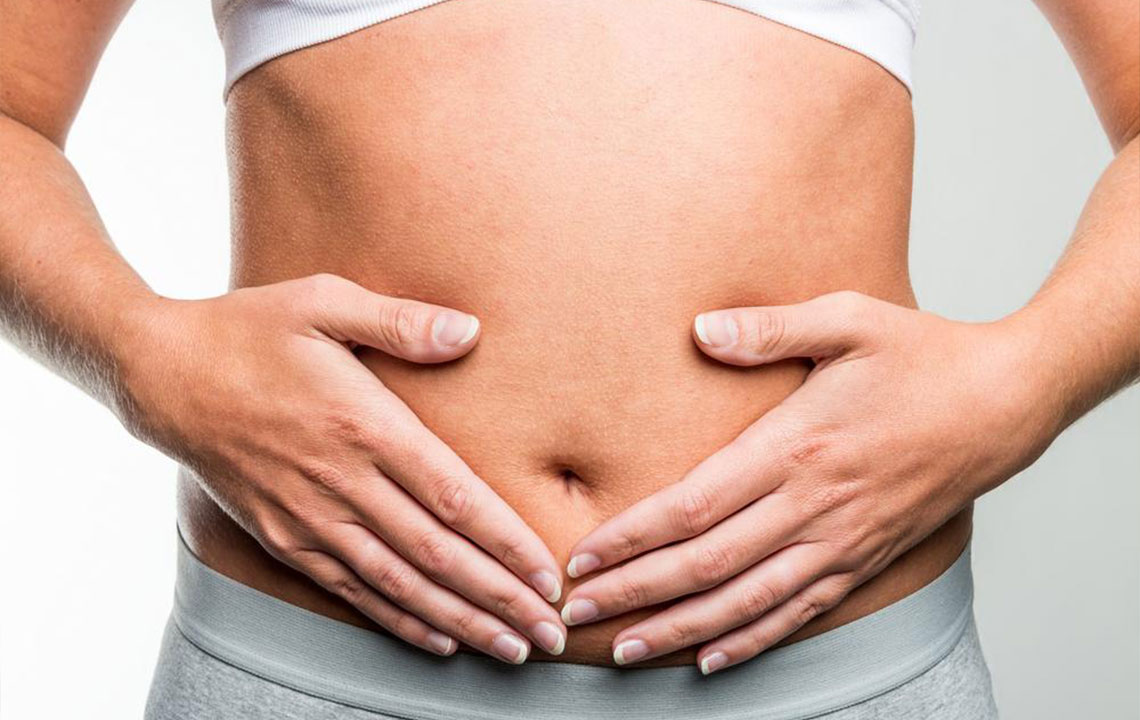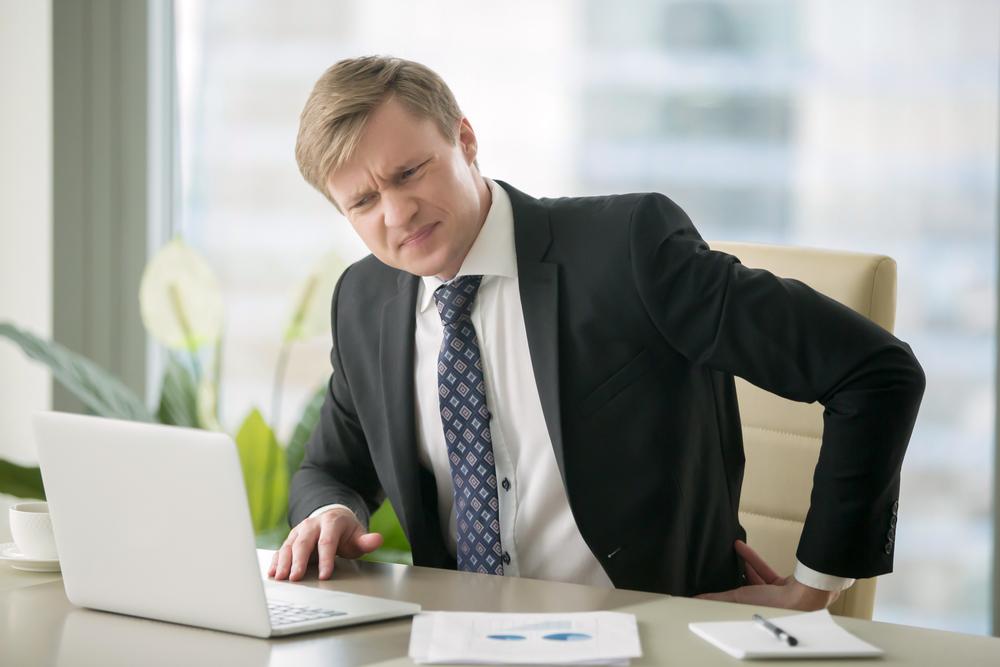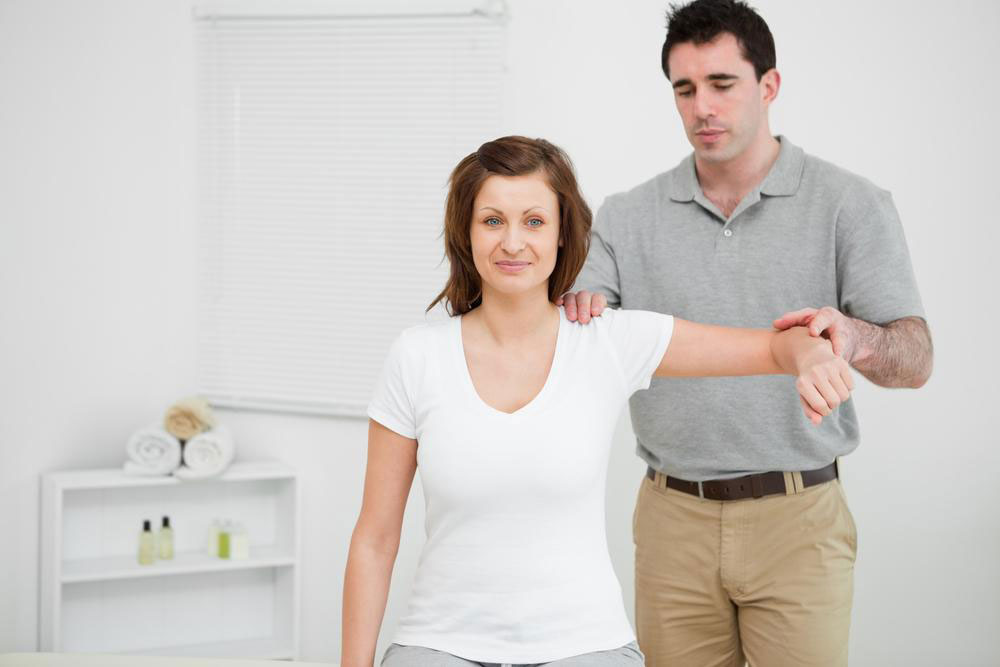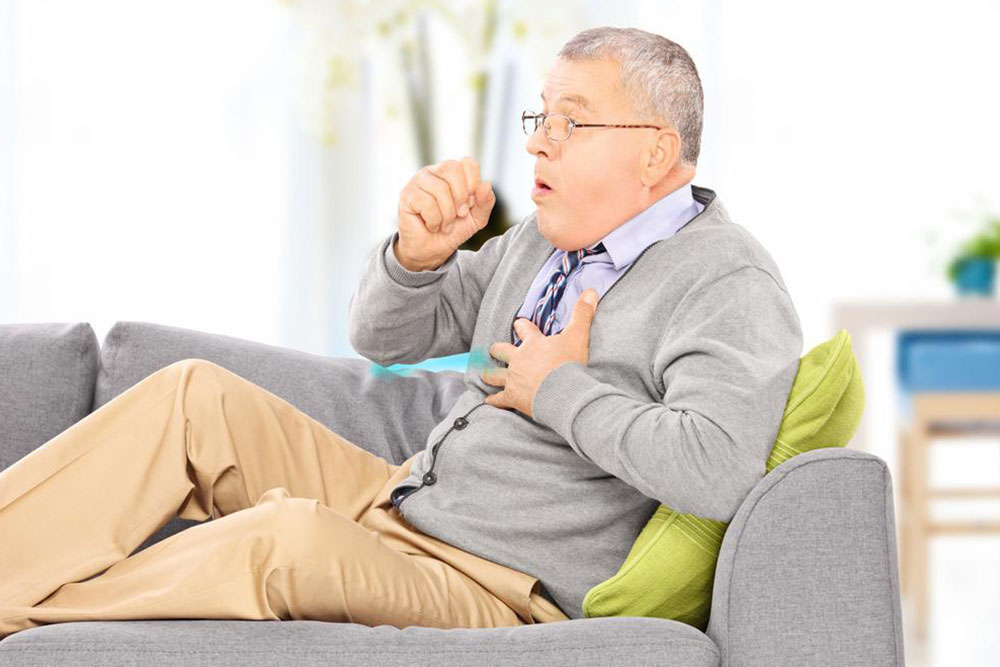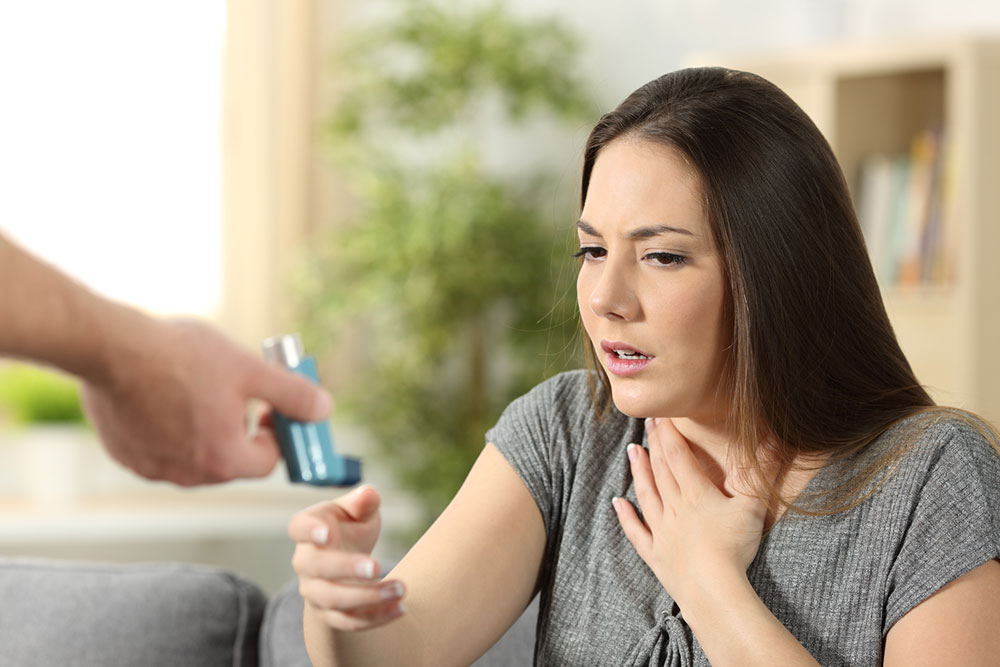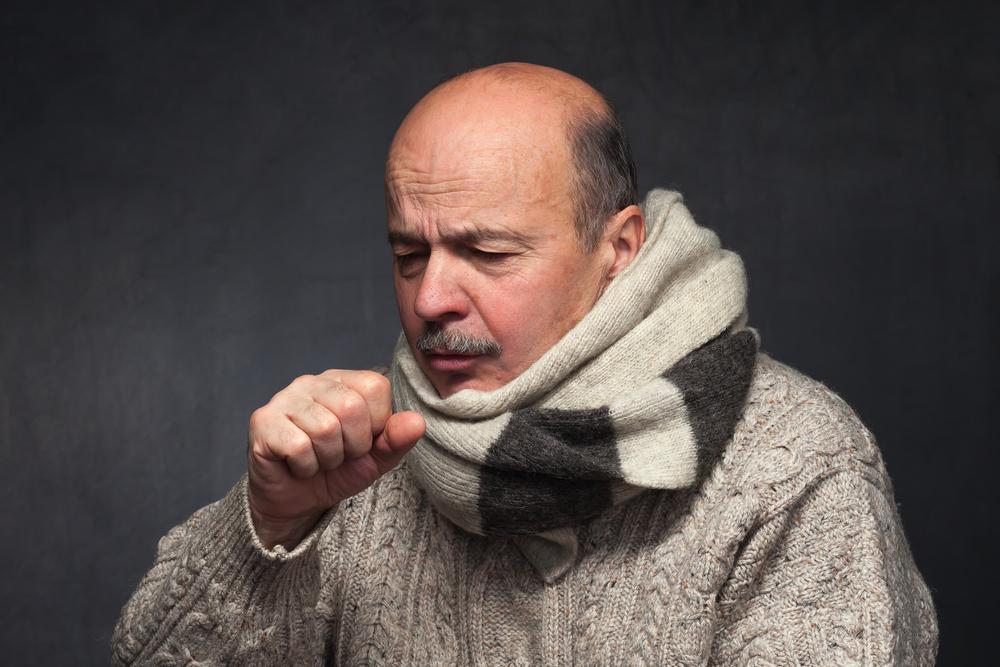A Comprehensive Guide to Hemorrhoids: Causes, Symptoms, and Effective Treatment Strategies
Hemorrhoids are swollen veins around the rectal area, affecting up to 75% of adults at some point. Causes include straining during bowel movements, prolonged sitting, obesity, pregnancy, and previous surgeries. Early diagnosis and lifestyle changes, along with topical treatments, can effectively manage symptoms. Severe cases may require medical procedures. Understanding these factors is essential for prevention and relief. This guide explores the causes, symptoms, and various treatment options for hemorrhoids, helping individuals improve their health and quality of life.
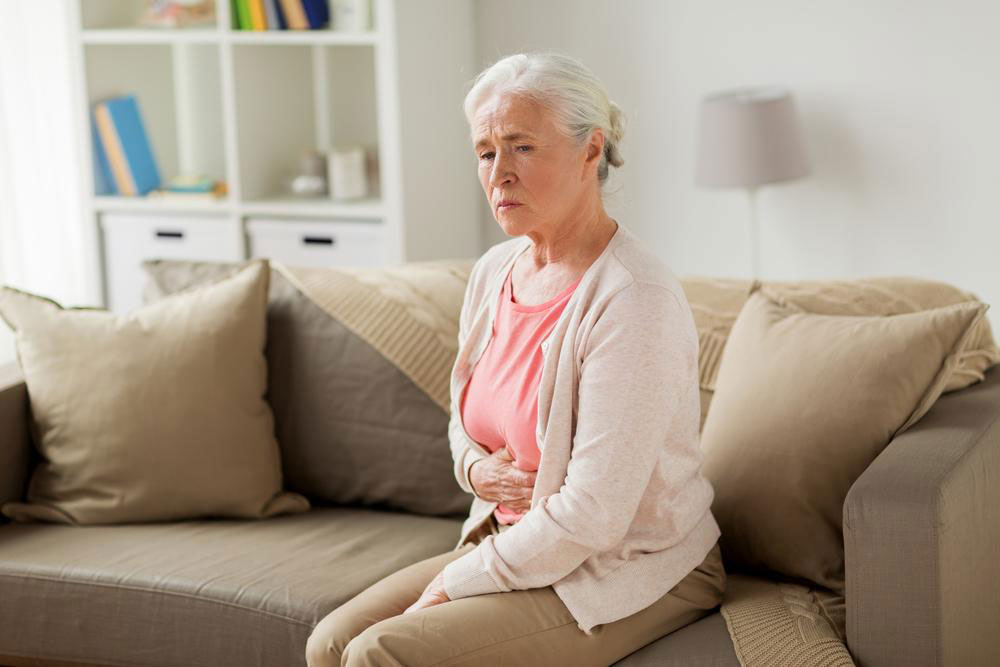
Understanding Hemorrhoids: Causes, Symptoms, and Proven Treatment Options
Hemorrhoids are swollen veins located around the lower rectum and anus, a common health issue that affects a significant portion of the population. According to medical statistics, approximately 75% of adults will experience hemorrhoids at some point in their lives. Despite being common, many people remain unaware of the exact causes, symptoms, and the most effective management methods for this condition. Understanding the fundamentals of hemorrhoids is crucial for early detection, effective treatment, and maintaining a healthy lifestyle.
Hemorrhoids develop when the veins in the rectal and anal area become enlarged, inflamed, and sometimes thrombosed, leading to discomfort, pain, and bleeding. These symptoms can significantly interfere with daily activities and diminish the quality of life if not addressed promptly. While the precise causes of hemorrhoids are not fully understood, a combination of lifestyle, physical, and environmental factors contribute to their development. Recognizing these factors helps in adopting preventive measures and seeking appropriate treatment.
Straining during bowel movements: One of the most prominent causes of hemorrhoid formation is excessive straining when passing stool. Pushing hard to evacuate the bowels increases pressure in the rectal veins, leading to dilation and swelling. This scenario is common in individuals experiencing constipation or frequent hard stools.
Prolonged sitting on the toilet: Sitting on the toilet for extended periods, especially when straining or trying to pass hard stools, increases pressure on the anal blood vessels. Over time, this pressure contributes to vein swelling and hemorrhoid formation.
Chronic constipation or diarrhea: Both conditions exert stress on the rectal blood vessels. Chronic constipation results in repeated straining, while diarrhea can cause inflammation and irritation, both encouraging hemorrhoid development.
Obesity: Excess body weight puts additional pressure on the pelvic and rectal blood vessels, heightening the risk of hemorrhoids.
Pregnancy: During pregnancy, the growing uterus exerts pressure on the pelvic veins, impeding blood flow and causing vein swelling. Hormonal changes during pregnancy also weaken the supporting tissues of the rectal area, increasing vulnerability.
History of rectal surgeries or trauma: Prior rectal or anal surgeries can weaken tissue structures, making the area more prone to hemorrhoids.
Spinal injuries and poor posture: Spinal injuries or prolonged sitting with poor posture can disrupt normal blood flow and contribute to vein swelling in the rectal area.
Effective Treatment Strategies for Hemorrhoids
Early diagnosis of hemorrhoids is vital for preventing complications and alleviating discomfort. Medical professionals typically use simple examination techniques, such as visual inspection and digital rectal exams, to confirm the presence of hemorrhoids. Once diagnosed, treatment options vary depending on the severity and extent of the condition. Most cases can be managed effectively with lifestyle modifications and non-invasive therapies, but severe cases might require medical interventions.
Below are some proven methods to treat and prevent hemorrhoids:
Dietary modifications: Incorporating high-fiber foods like fruits, vegetables, whole grains, and legumes facilitates smoother bowel movements. Fiber adds bulk to stool, making it easier to pass and reducing the need for straining.
Hydration: Drinking plenty of water throughout the day helps keep stool soft and prevents constipation.
Topical medications: Hemorrhoid creams, ointments, and suppositories containing corticosteroids or local anesthetics can reduce inflammation, soothe itching, and alleviate pain.
Warm sitz baths: Soaking the anal area in warm water for 10-15 minutes multiple times a day can significantly relieve discomfort, reduce swelling, and improve hygiene.
Good hygiene practices: Using moist wipes instead of dry toilet paper prevents irritation. Gentle cleaning of the anal area after bowel movements is essential.
Activity and posture changes: Regular physical activity enhances bowel function and reduces pressure on rectal veins. Avoiding prolonged sitting and maintaining good posture also helps prevent hemorrhoid development.
More severe hemorrhoids may require medical procedures such as rubber band ligation, sclerotherapy, or infrared coagulation. In some cases, surgical removal (hemorrhoidectomy) might be necessary for persistent or complicated hemorrhoids. Consulting a healthcare professional at the earliest sign of symptoms ensures appropriate treatment and prevents recurrences.
